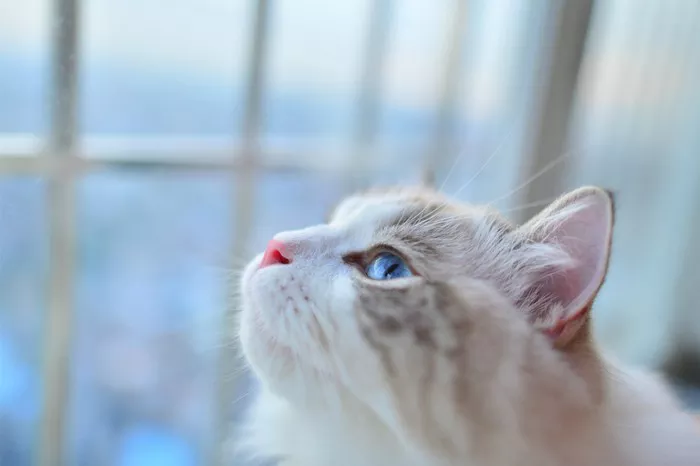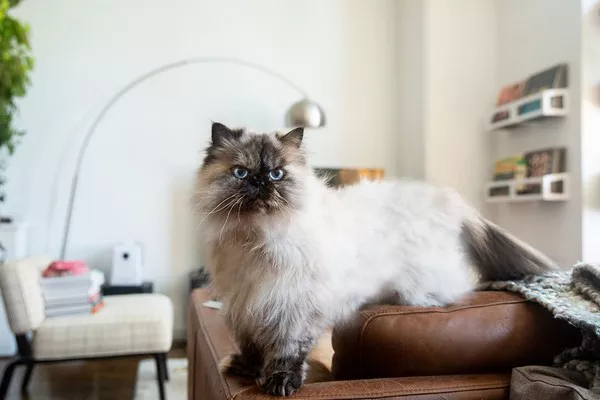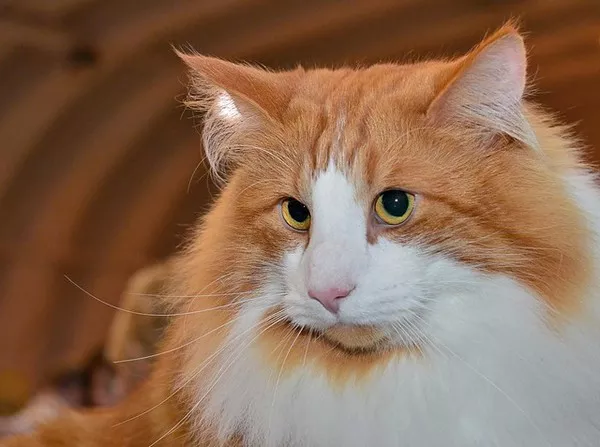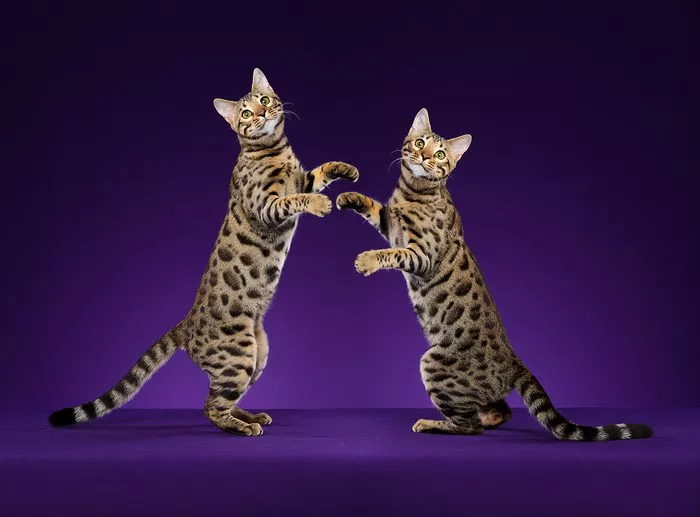Ragdoll cats, with their striking appearance and gentle disposition, have captured the hearts of cat enthusiasts worldwide. As owners of these lovable feline companions explore the dynamics of sharing their homes with Ragdolls, questions about their physical capabilities and behaviors inevitably arise. One common inquiry centers around the agility and leaping abilities of Ragdoll cats – can they jump fences? In this comprehensive exploration, we delve into the world of Ragdoll athleticism, examining their unique traits, potential for fence-jumping, and considerations for ensuring their safety and well-being.
The Essence of Ragdoll Cats
1. Gentle Giants with Grounded Feet:
Ragdoll cats are often affectionately referred to as “gentle giants” due to their sizable yet graceful stature. Originating in the 1960s, Ragdolls were selectively bred for their amiable temperament and striking appearance. Despite their large size, Ragdolls are not typically known for being highly athletic or agile like some other cat breeds.
2. Easygoing Nature:
One of the defining characteristics of Ragdoll cats is their easygoing and laid-back nature. They tend to go limp when picked up, a behavior that inspired their name. This docile demeanor extends to various aspects of their behavior, including their approach to physical activities and exploration.
3. Adaptability to Indoor Living:
Ragdolls are well-suited to indoor living, and many owners choose to keep them exclusively indoors to ensure their safety. Their adaptability to indoor environments makes them content and fulfilled with the comforts of home, minimizing the need for outdoor exploration.
Understanding Feline Jumping Abilities
1. Natural Instincts:
Cats, by nature, are agile and accomplished jumpers. Their evolutionary history as hunters and predators has endowed them with the physical prowess needed for leaping, climbing, and navigating various terrains. While individual cat breeds may vary in their jumping abilities, most cats share a common instinctual drive to explore and move vertically.
2. Breed-Specific Traits:
Different cat breeds exhibit distinct physical traits and characteristics, including their jumping abilities. Some breeds, like the Abyssinian or Bengal, are known for their exceptional agility and love for climbing. In contrast, breeds like the Ragdoll, with a more laid-back temperament, may not display the same level of enthusiasm for high-energy activities.
3. Ragdolls and Vertical Exploration:
Ragdoll cats may engage in vertical exploration within the home environment, showcasing their ability to jump onto furniture, shelves, or cat trees. However, their jumping behaviors are typically characterized by a calm and deliberate approach rather than the acrobatic feats observed in more active or agile breeds.
Can Ragdoll Cats Jump Fences?
1. Limited Jumping Enthusiasm:
Ragdoll cats, as a breed, are not renowned for their jumping prowess or enthusiasm for scaling heights. Their gentle and easygoing nature extends to their physical activities, leading to a more grounded approach to exploration. In general, Ragdolls are less likely to display the intense desire to jump fences compared to some more adventurous cat breeds.
2. Individual Variations:
While Ragdoll cats, as a breed, may have a tendency to be less inclined towards fence-jumping, there can be significant individual variations in behavior. Some Ragdolls may show more interest in exploring vertical spaces or may exhibit occasional jumping behaviors. It’s essential for owners to observe and understand the unique preferences and behaviors of their individual cats.
3. Outdoor Supervision:
If Ragdoll cats are allowed outdoor access, it’s crucial for owners to provide supervision and ensure a safe environment. While Ragdolls may not be natural escape artists or avid fence-jumpers, outdoor exploration introduces potential risks such as encountering other animals, traffic, or unsafe conditions. Supervised outdoor time allows for enrichment while minimizing potential dangers.
Factors Influencing Ragdoll Cat Behavior
1. Socialization and Early Experiences:
The early socialization experiences of a Ragdoll cat play a vital role in shaping their behaviors, including their approach to exploration and physical activities. Cats that have positive interactions during their formative weeks and months are more likely to develop a sense of security and may display less adventurous tendencies.
2. Home Environment and Enrichment:
The home environment and the availability of enrichment opportunities influence a Ragdoll cat’s behaviors. Providing a variety of vertical spaces, such as cat trees and shelves, allows for safe and engaging exploration within the home. An enriched indoor environment can satisfy a Ragdoll’s curiosity without the need for fence-jumping.
3. Interactive Play and Bonding:
Ragdoll cats thrive on interactive play and bonding with their owners. Engaging in regular play sessions, using toys that mimic hunting behaviors, helps fulfill their physical and mental needs. Bonding through play strengthens the human-feline connection and provides an outlet for their energy in a controlled environment.
Tips for Ensuring Safety and Well-being
1. Secure Outdoor Spaces:
If providing outdoor access, ensure that the outdoor space is secure and free from potential hazards. High-quality cat enclosures or “catios” are effective solutions to allow Ragdoll cats to experience the outdoors safely. These enclosed spaces provide stimulation while protecting them from dangers like traffic or wildlife.
2. Supervision during Outdoor Time:
Whenever Ragdoll cats are outdoors, supervision is key. Whether in an enclosed space or on a leash and harness, keeping a watchful eye on their activities allows owners to intervene if needed and ensures a positive and safe outdoor experience.
3. Regular Veterinary Check-ups:
Regular veterinary check-ups are essential for monitoring the overall health and well-being of Ragdoll cats. Routine visits allow veterinarians to address any potential health concerns, provide preventive care, and offer guidance on maintaining a healthy and happy Ragdoll.
Conclusion
In conclusion, while Ragdoll cats may not be known for their fence-jumping abilities, individual variations in behavior should be considered. Their grounded and easygoing nature, coupled with a breed tendency towards a more relaxed approach to physical activities, makes them well-suited for indoor living.
Owners of Ragdoll cats can provide a fulfilling and enriching environment by understanding their unique characteristics, ensuring a secure home environment, and offering opportunities for safe exploration. By embracing the gentle and grounded essence of Ragdoll cats, owners can foster a harmonious living arrangement that prioritizes the well-being and happiness of these lovable feline companions.



























